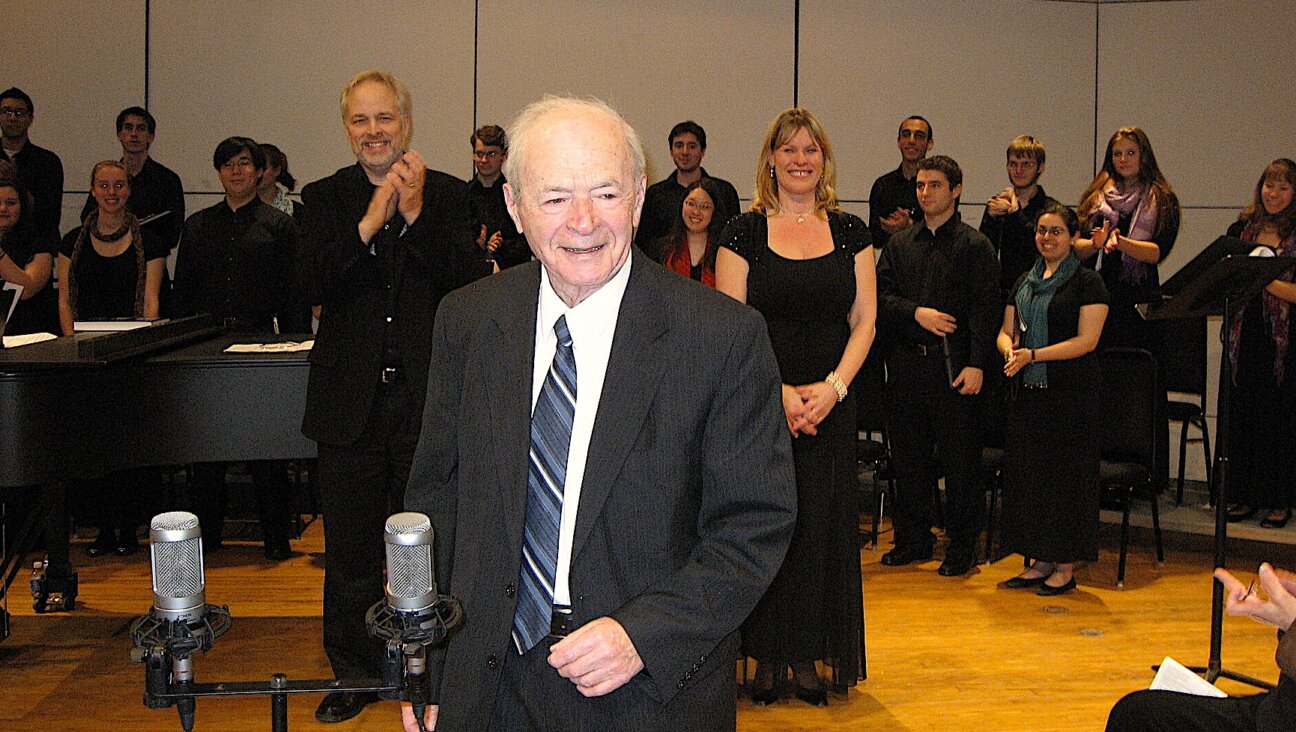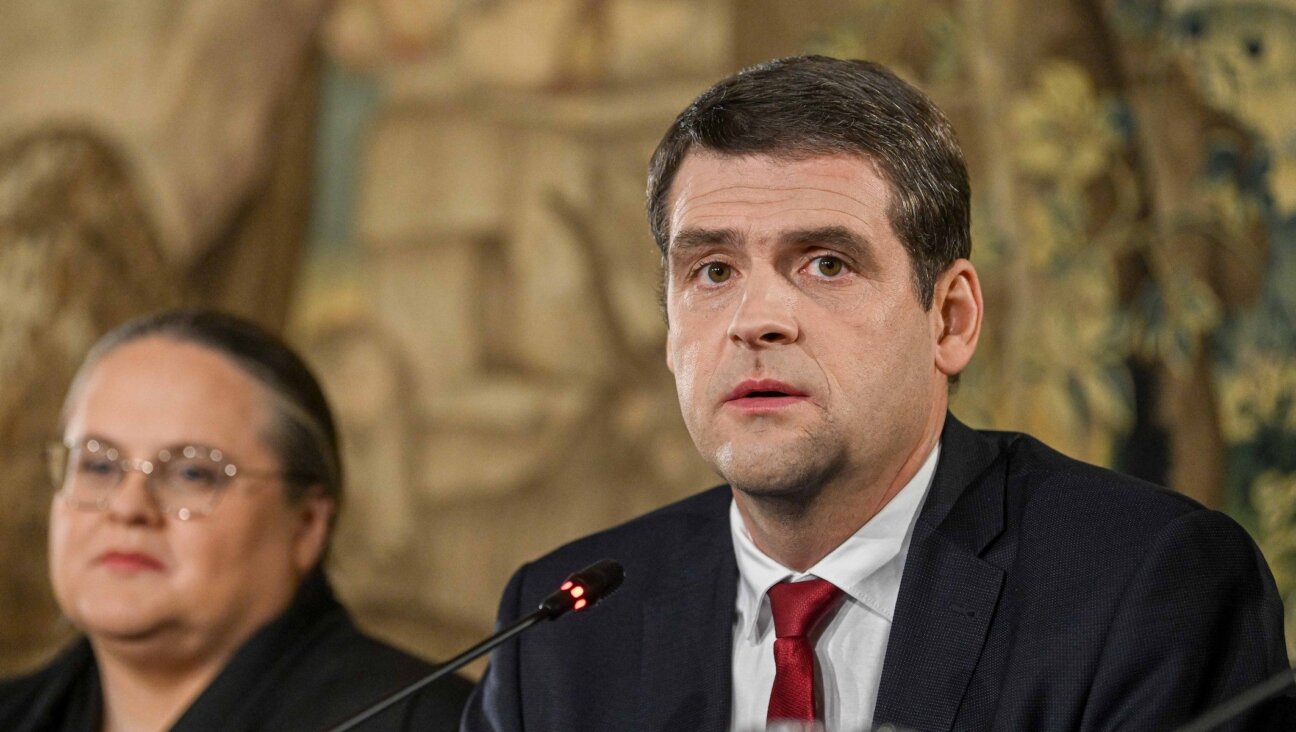Mel Gibson’s Cross of Vengeance
I have often thought but kept to myself what a gruesome thing they are, traditional crucifixes, each one with the likeness of a mangled, agonized body affixed cruelly to it. I sometimes wondered, even as a child, what kind of a religion would want children to look at an image of a suffering, dying or dead man, with nails piercing his hands. What is its effect upon them? Why would the spiritual leaders of any religion want their flock to gaze regularly at such horror, to gaze lovingly at such horror, to feel exalted at the image of such horror?
Instinctively I have always been uncomfortable around crucifixes, even though I grew up in the Boston area, historically the most privileged kind of environment for a Jew in a Christian world, one that was free of intense or intensely expressed antipathies towards Jews. I never really understood exactly why I felt such discomfort with the crucifix, and since it was not much of a presence in my life, I never asked myself. Perhaps it was because of my historical knowledge, acquired sadly even as a child, of the harm that the followers of the crucifix had inflicted on those who refused to embrace it. But perhaps not. It might have been only or mainly a visceral reaction of a sensitive child. After all, I had become a vegetarian at the age of 10 because I found the sight of meat revolting.
About my thoughts on the crucifix, I had resolved not to say anything, except to a few close friends — best to leave commentary about this religious iconography to those to whom this symbol dearly belongs. But in the last few years I have been reconsidering. The aestheticizing, indeed fetishizing, of violence and horror is at the core of the crucified Jesus as an icon and symbol, and it clings allusively to even the visually tamer cross. James Carroll first made me think hard about this when in his history of the Catholic Church and the Jews, “Constantine’s Sword,” he made manifest how historically the church had turned the cross into a symbol of many things unwholesome and unholy, not the least of which were a martial, conquering spirit, and the demonizing of the Jews as Christ-killers.
Because the crucifix makes present the story of Jesus’ death, it inevitably conjures up the role of those accused of killing him. It is hard to think of the moment of murder without thinking of the murderer. It is hard to lament the unjust death of a beloved without blaming his killer, without feeling anger and the desire for punishment or vengeance. Deadly proof of this is found both in the history of the cross, a martial symbol brandished by Crusaders and other Christians in their assaults on Jews, and of renditions of the Passion during Holy Week, which often led Christian mobs to attack local Jews.
Because of Mel Gibson, to speak openly about the gruesome crucifix imagery seems now not only permissible but morally unavoidable. Gibson’s film takes the fetishizing of horror and death that exists within Christianity to some sort of sickly logical conclusion. Visually, iconographically and symbolically, Gibson’s “Passion” is a sadomasochistic, orgiastic display that demonizes Jews as it degrades those who revel in viewing the horror. His movie’s emotional and literal climax centers on an excruciatingly long, slow-motion, graphic depiction of the entire process of crucifixion. Its orgy of unsurpassed and virtually unremitting sadism restores this part of the Jesus story — deemphasized by the Catholic Church since the Vatican II reforms — to center stage, to haunt all those who would follow Jesus with indelible, iconic images of cruelty. Gibson has thus unwittingly exposed the misguidedness of this cult of death. To the extent that such a vision of God dominates and obscures Jesus’ Christian ministry of life, love and good works (as it does almost totally in the film), Gibson has also unveiled its meanness.
You can give any exculpatory interpretation of the Gibson gore that you want, such as that it shows only how much Jesus in his boundless love was willing to suffer for the boundless sins of humanity. But the effects of such imagery and the obsessive delight in portraying and perhaps in viewing it cannot be covered up with a few craftily chosen words.
Christians historically and even today have falsely and reflexively deemed the Jewish God a “vengeful God” and accused Jews — who were for millennia actually defenseless and incapable of wreaking vengeance — of living by a maxim of vengeance. But as a powerful antisemitic trope that demonized the bearers of the religious tradition that Christians were now claiming as their own, this accusation was entirely clever and understandable. As an act of projection, it also served as a Christian defense mechanism, because for centuries, Christians, often following the Catholic Church, more than any other religious group, took plenty of vengeance by hunting and striking down infidels — Jews, Muslims, Native Americans in the 16th and 17th centuries. For centuries, Christians — inspired by images far less lurid than Gibson’s ferocious rendition of the scourging and death of Jesus — took it upon themselves to fulfill the prophesies of Christianity’s sacred text, which repeatedly promises to cut down and make suffer Jews and others who do not come to Jesus. Gibson has Jesus, before his death, prophesying Godly vengeance upon the Jews; then at the movie’s end he sends tremors to ruin the interior of the putatively guilty Jews’ temple. The Jews get the first taste of the vengeance that is soon to come, and then to last for the better part of the first two millennia.
I know Christianity is also a religion of love. In the hands of many progressive Christians, Catholics and Protestants both, Christianity has in modern times and especially in the last several decades tamed and transformed itself to reflect this ever more. Even the conservative, post-Vatican II Catholic Church has in 40 years moved extraordinarily far in this direction. But Gibson, who rejects Vatican II and its liberalizing reforms, labors to turn the clock back. He restores a blood-drenched Christian cult of death in all its horror, terror and visual violence, with (a misogynist’s) Satan and her bloodthirsty Jewish minions — the assembled mass of Jews led by their authoritative religious leaders speaking for Judaism — chanting “Crucify him! Crucify him!” Gibson labors to restore the Jews to their central medieval roles as the fearsome, corporeal opponents of good and of God.
If all this had remained Gibson’s private obsession, it would be merely pathetic. But Gibson has used a grotesquely manipulative Hollywood film — with the potential to reach billions — to take public vengeance. At the dawn of the third millennium, he has thrown the gauntlet down before the more progressive versions of Christianity and spread this medieval vision to the vast Catholic and Christian world that is less progressive and more susceptible to it. At the same time, in an indelible medium of unparalleled visual power and homiletic reach, he has renewed the most heinous calumny of the first two millennia, that the Jews are guilty in the murder of God.
Daniel Jonah Goldhagen, a scholar at Harvard University’s Minda de Gunzberg Center for European Studies, is the author of “A Moral Reckoning: The Role of the Catholic Church in the Holocaust and Its Unfulfilled Duty of Repair” (Vintage, 2003) and “Hitler’s Willing Executioners: Ordinary Germans and the Holocaust” (Vintage, 1997).















